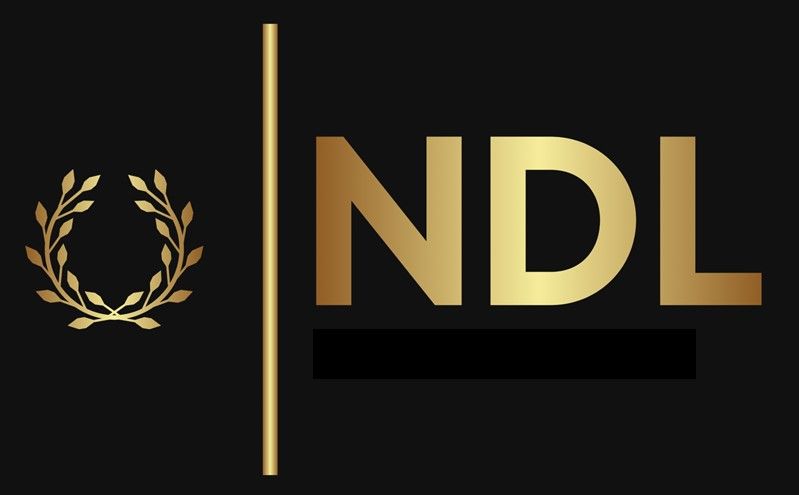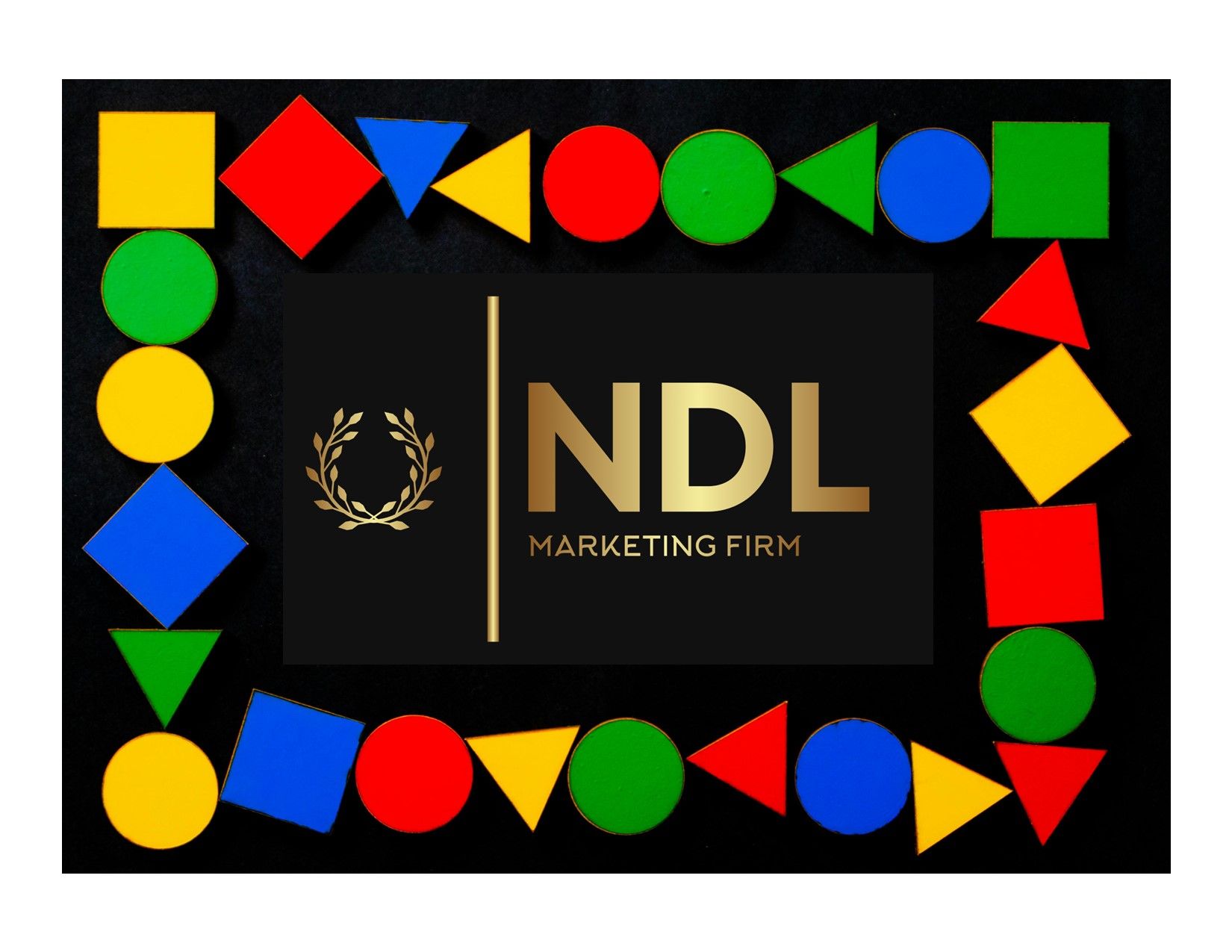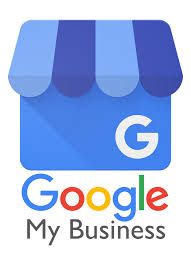How to advanced your social media ads? It starts with knowledge of how they are different.
Top 5 Differences Between Google Ads and Facebook Ads

Two of the most potent platforms for digital advertising are Google Ads and Facebook Ads. While both can drive significant traffic and conversions, they work differently, targeting audiences in distinct ways. Understanding these differences can help businesses make the most of their advertising budgets. Let’s explore the top five differences between Google Ads and Facebook Ads.
1. Intent vs. Interest-Based Advertising
- Google Ads: This platform is intent-based, meaning users actively search for products, services, or information when they see the ads. Google Ads target people who are already looking for what you offer. For instance, if someone searches for “best laptops for gaming,” your ad for a gaming laptop store can appear at the top of the search results. This aligns perfectly with their intent, increasing the likelihood of conversion.
- Facebook Ads: In contrast, Facebook Ads are interest-based. Instead of targeting users actively searching, it uses data like demographics, interests, behavior, and past activity to show relevant ads. For example, Facebook can show an ad for a gaming laptop to someone who has liked gaming-related pages or joined tech communities, even if they aren’t currently looking to buy one. This allows businesses to reach a broader but more passive audience.
2. Ad Format and Placement Options
- Google Ads: The primary format for Google Ads is text-based search ads, which appear on search engine results pages (SERPs). However, Google also offers display ads, video ads (via YouTube), and shopping ads (for e-commerce). Display ads can appear across a network of partner websites and apps, providing visibility beyond just Google searches.
- Facebook Ads: Facebook provides a more visual and diverse range of ad formats, including image ads, video ads, carousel ads (with multiple images), and interactive formats like polls. Ads appear on the Facebook feed, Instagram feed, Stories, Messenger, and the Audience Network (partner sites and apps), offering more immersive ad experiences.
3. Audience Targeting Capabilities
- Google Ads: Google’s targeting capabilities focus primarily on keywords, location, demographics, and retargeting. While keyword targeting is powerful for capturing intent, it’s not as granular in understanding user behavior beyond their search activity. Google Ads can target people based on their recent search history and web activity, which is great for targeting people looking for specific solutions.
- Facebook Ads: Facebook’s strength lies in its detailed audience targeting options. Thanks to its massive user database, Facebook Ads can target based on age, gender, interests, behaviors, online activity, location, and connections to other pages or brands. With tools like Lookalike Audiences, businesses can find users who share similar traits to their existing customers, making Facebook a robust platform for highly tailored campaigns.
4. Cost Structure and ROI Potential
- Google Ads: Google Ads generally operate on a pay-per-click (PPC) model, where you pay each time someone clicks on your ad. The cost per click (CPC) can vary significantly depending on the competitiveness of keywords. For high-intent keywords (e.g., “emergency plumber near me”), CPCs can be pretty high, but the conversion potential often justifies the cost. Google Ads can deliver a high ROI when targeting specific, purchase-ready audiences.
- Facebook Ads: Facebook Ads also use a PPC model but often have lower cost-per-click rates than Google. Since Facebook targets broader audiences based on interests rather than specific search intent, businesses may need to run ads longer to see results. However, when used effectively, Facebook’s ability to re-engage users through retargeting and personalized ads can drive strong ROI. Facebook’s budget optimization tools allow greater control over spending and campaign outcomes.
5. Campaign Objectives and Tracking
- Google Ads: The platform is particularly effective for direct response campaigns, such as getting clicks to a website, driving online sales, or generating leads. Its straightforward conversion tracking system focuses mainly on clicks, call tracking, form submissions, and e-commerce sales. Google’s tracking methods work well for tracking bottom-of-the-funnel actions like purchases or contact forms.
- Facebook Ads: Facebook offers various campaign objectives, from brand awareness and engagement to lead generation and conversions. It’s solid in upper-funnel and mid-funnel marketing, where businesses seek to build brand awareness and engage with potential customers. Facebook’s tracking capabilities focus more on user interactions with ads (e.g., video views, post engagements) and website actions (using the Facebook Pixel for conversion tracking). This makes it a powerful tool for nurturing audiences over time.
Conclusion: Which Platform Is Right for Your Business?
Both Google Ads and Facebook Ads have strengths and weaknesses. If your business targets users with high purchase intent, Google Ads is a great option. On the other hand, if your goal is to build brand awareness, engage a larger audience, or retarget website visitors, Facebook Ads can offer valuable opportunities. The key is to understand your business goals and audience preferences to choose the platform (or combination of platforms) that best fits your strategy.
Final Tip: Try combining both platforms for maximum impact. Google Ads can capture users with high intent, while Facebook Ads can retarget these users and nurture them with engaging content.
For help navigating digital advertising, contact NDL Marketing Firm. We specialize in creating customized advertising campaigns that drive results across platforms.
4o
(253) 985-5403
Jon@ndlmarketingfirm.com
www.ndlmarketingfirm.com
Follow us on Facebook, YouTube, and LinkedIn.



